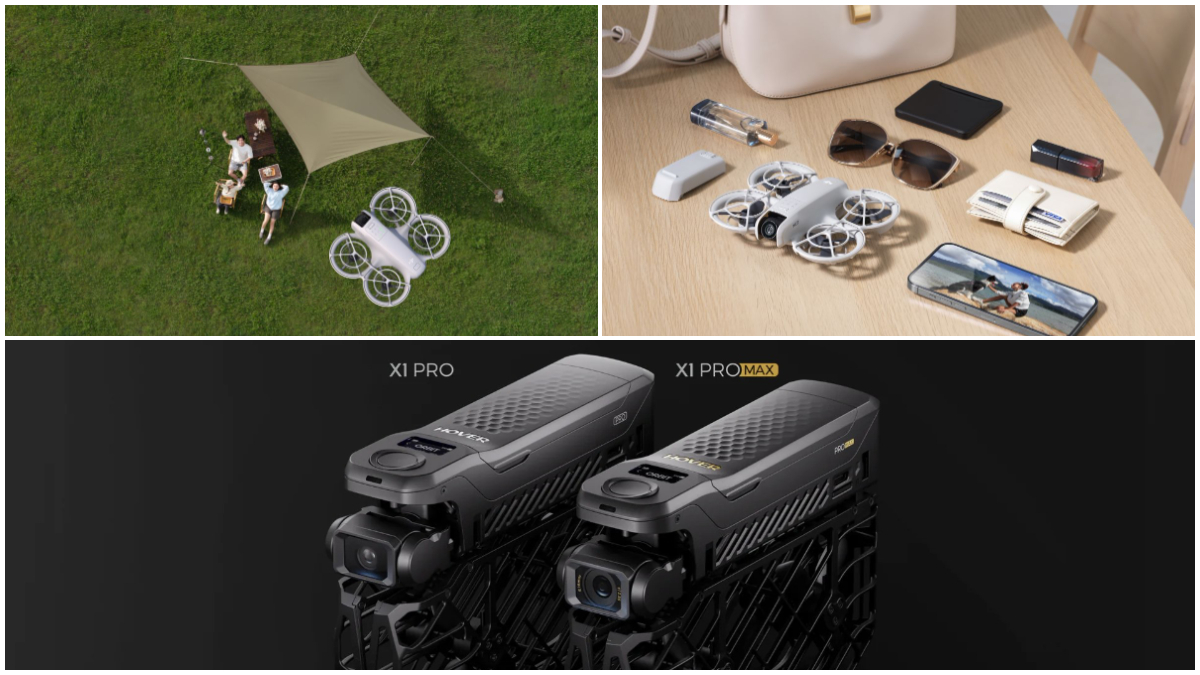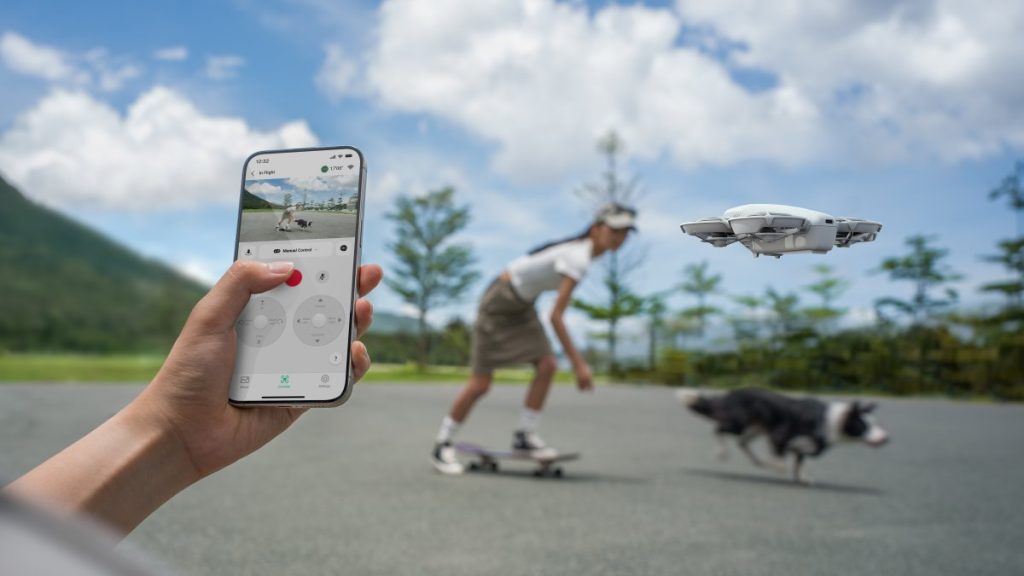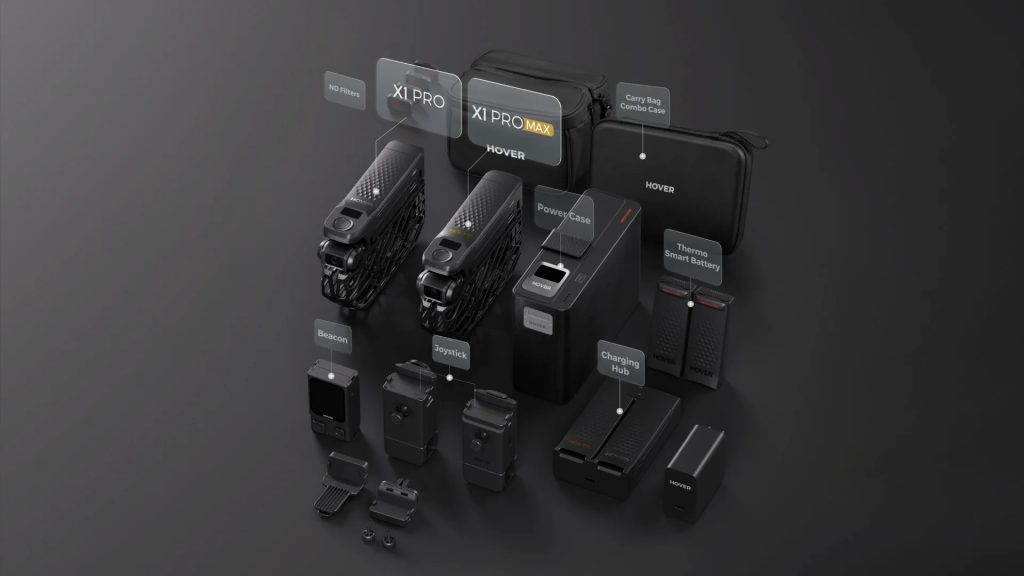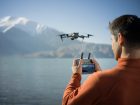
So, DJI has officially unveiled the Neo, its cheapest 4K selfie drone yet, while Zero Zero Robotics has expanded its flying camera lineup with the HoverAir X1 Pro and X1 Pro Max. But how do these three innovative drones compare? Let’s find out…
Neo: The most affordable and easy-to-use DJI drone
The DJI Neo is an absolute game-changer for casual content creators, weighing in at just 135 grams (less than 5 ounces). Its standout feature is its ease of use: with the press of a button, you can select shooting modes and capture cinematic footage effortlessly. And with a Wi-Fi connection, Neo can also be controlled using the virtual joysticks on the DJI Fly app.
The Neo supports 12MP photos and 4K videos at 30fps with its 1/2-inch sensor and includes six QuickShots modes: Expanse, Circle, Rocket, Spotlight, Helix, and Boomerang.
Key specs of DJI Neo drone:
- Weight: 135 grams
- Camera: 12MP, 1/2-inch sensor, 4K at 30fps
- Stabilization: Single-axis mechanical gimbal, with RockSteady and HorizonBalancing
- Flight time: Up to 18 minutes
- Max control range: 50 meters (Wi-Fi-based)
- Unique features: Voice control via “Hey Fly,” wireless audio recording, six QuickShots modes
- Price: $199 for the basic version, $289 for the three-battery combo
Designed with safety in mind, the DJI Neo has fully enclosed propellers and can be flown indoors or outdoors. It offers smooth, stabilized footage with its gimbal and is equipped with a Return-to-Home feature. With a small footprint and a beginner-friendly design, this drone is perfect for capturing everyday adventures with minimal fuss.
DJI plans to begin shipping the Neo on October 6.

HoverAir X1 Pro and X1 Pro Max: Flying action cameras
While both drones are aimed at those looking to capture higher-resolution footage, appealing to action enthusiasts and semi-professional videographers alike, HoverAir’s X1 Pro Max takes compact drone innovation a step further with its flagship feature — 8K video recording. Also, despite their palm-sized design, both the X1 Pro and Pro Max pack advanced features.
HoverAir X1 Pro key specs:
- Weight: 191.5 grams
- Camera: 4Kat 60fps, 1080p at 120fps (Slo-mo)
- Flight Time: 16 minutes
- Stabilization: Built-in EIS (Electronic Image Stabilization)
- Unique Features: Automatic obstacle detection, gesture control, multiple cinematic modes
- Price: $429 (in early-bird offer)
HoverAir X1 Pro Max:
- Weight: 192.5 grams
- Camera: 8K at 30fps, 4K at 120fps, 10-bit HLG
- Flight time: 16 minutes
- Additional features: An extra vision sensor for better follow-me guidance and safer flying
- Price: $579 (in early-bird offer)
Both HoverAir drones also come with a variety of flight modes and one-click button controls, making them user-friendly while offering precision in capturing fast-moving objects or unique angles. The X1 Pro’s 240fps recording mode in 1080p is a standout for creating slow-motion effects, while the Pro Max’s 8K video capability sets it apart from most drones in this size class.
Zero Zero says it has begun the production of the final products and intends to start shipping the drones sometime in October.

Key differences: Neo vs. HoverAir X1 Pro and Pro Max
- Camera and video quality
- DJI Neo captures 4K footage at 30fps, ideal for casual videographers. In contrast, the HoverAir X1 Pro and Pro Max record in 4K at 60fps and 8K at 30fps, respectively, offering higher resolutions and faster frame rates for professional-grade footage.
- Flight time
- The DJI Neo offers a longer flight time (18 minutes) compared to the HoverAir X1 Pro and X1 Pro Max‘s 16 minutes, giving users more time in the air for capturing content.
- Stabilization
- While the DJI Neo comes with a single-axis mechanical gimbal for stabilization, the HoverAir drones have a two-axis gimbal with EIS (electronic image stabilization) and HL (horizon leveling), so your footage will be rock steady even when the adventure is rough.
- User control and ease of use
- DJI Neo has simpler controls, including voice activation and QuickShots, tailored for beginners or casual users. The HoverAir models are better suited for more experienced drone operators with wider control options including motion control, haptic feedback, and high-precision joystick control for professional content shooting.
- Price point and shipping date
- Starting at just $199, the DJI Neo is significantly more affordable than the HoverAir X1 Pro ($429) and Pro Max ($579). If budget is a concern and 4K resolution is sufficient, the Neo provides excellent value. For those requiring top-tier resolution and more advanced features, the HoverAir models justify their higher cost. Also, keep in mind that the Neo pre-orders will begin to ship on October 6 from Amazon, but your receipt of HoverAir products will depend entirely on how early you order them.
New: DJI drone pilots: Download your US flight data before it’s gone
FTC: We use income earning auto affiliate links. More.






Comments